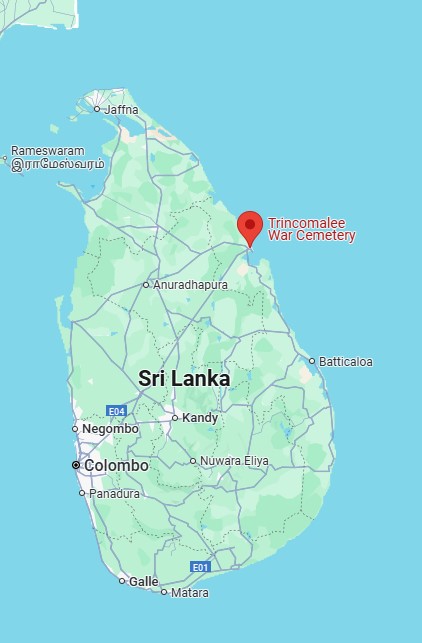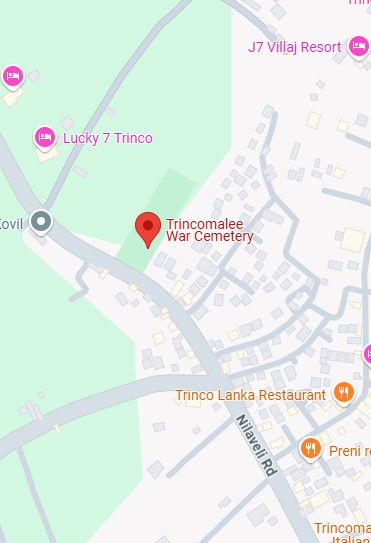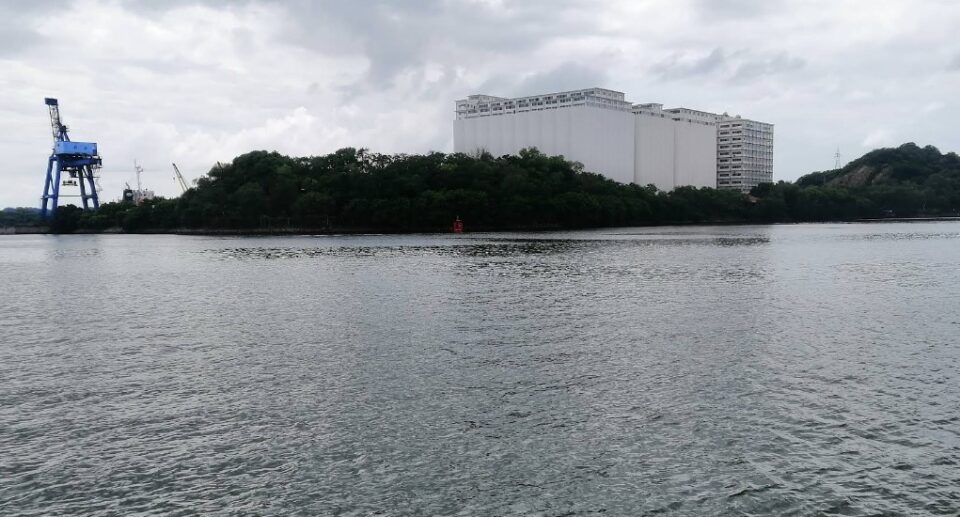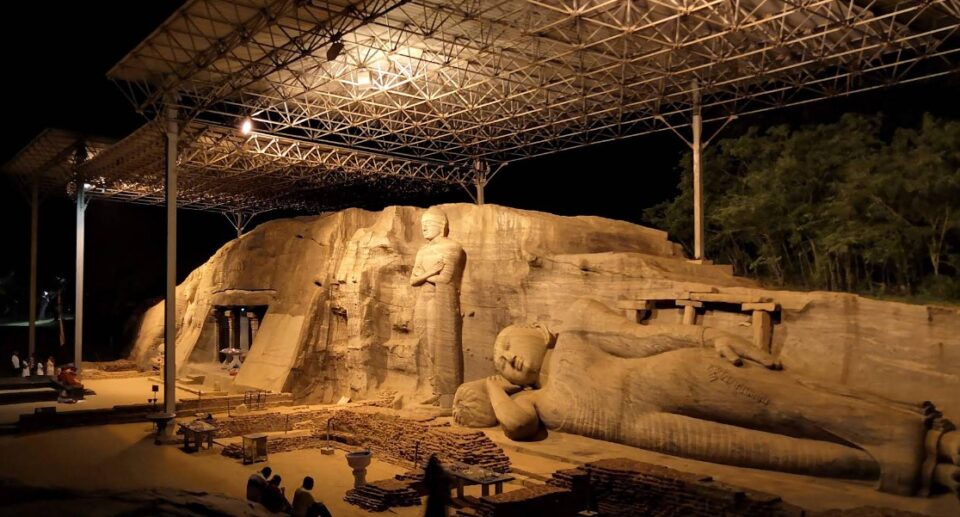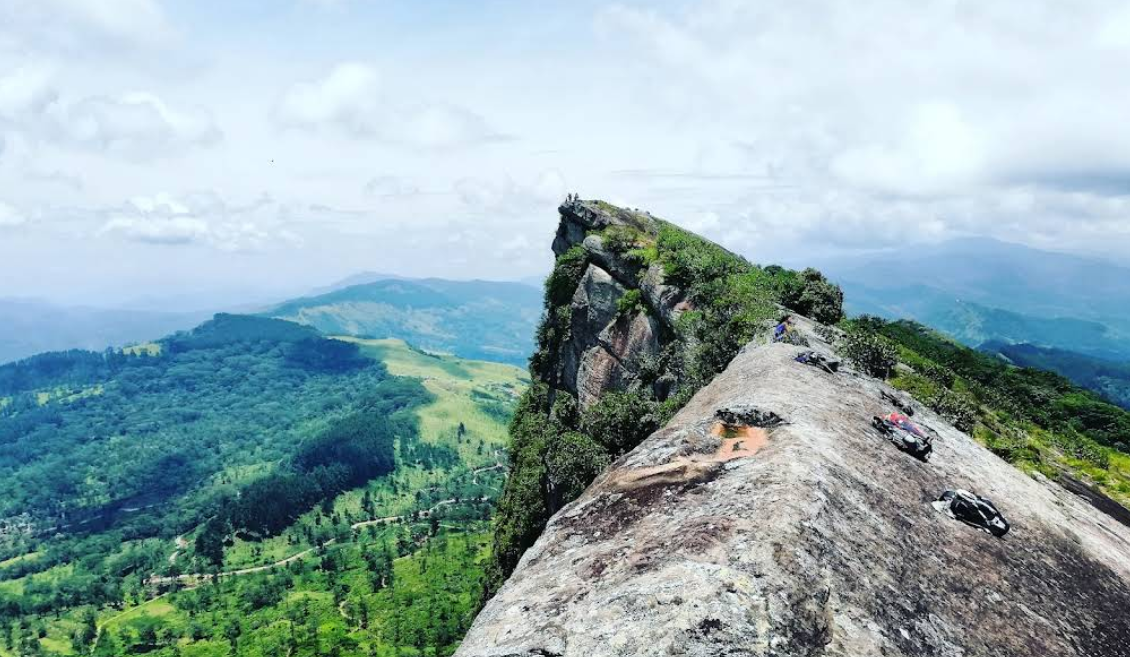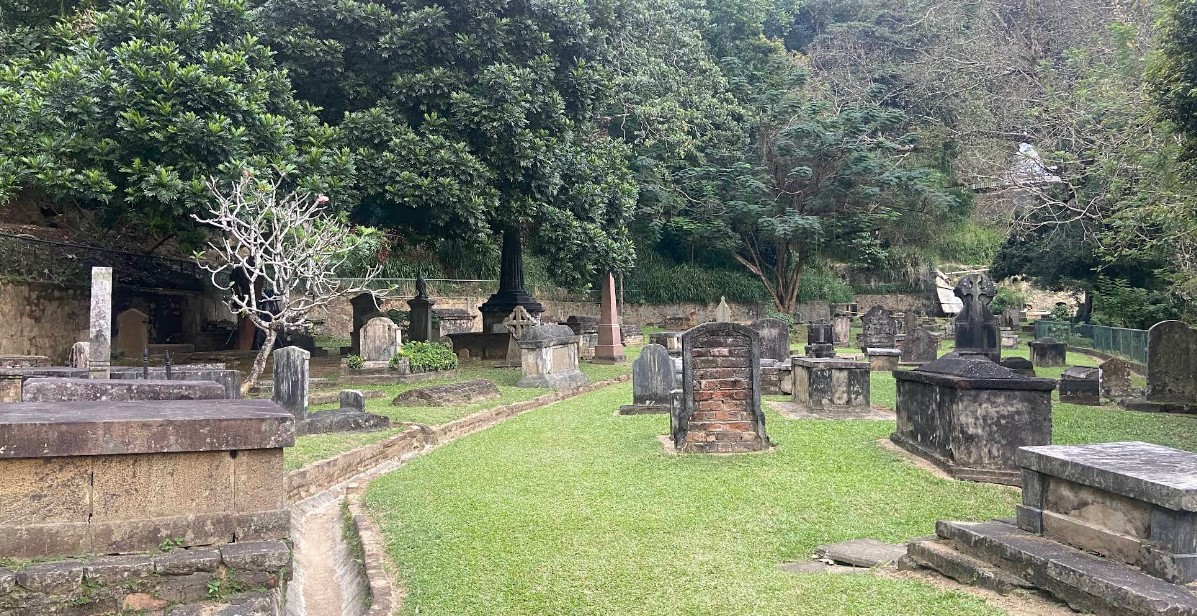Trincomalee War Cemetery: A Quiet Tribute to the Fallen
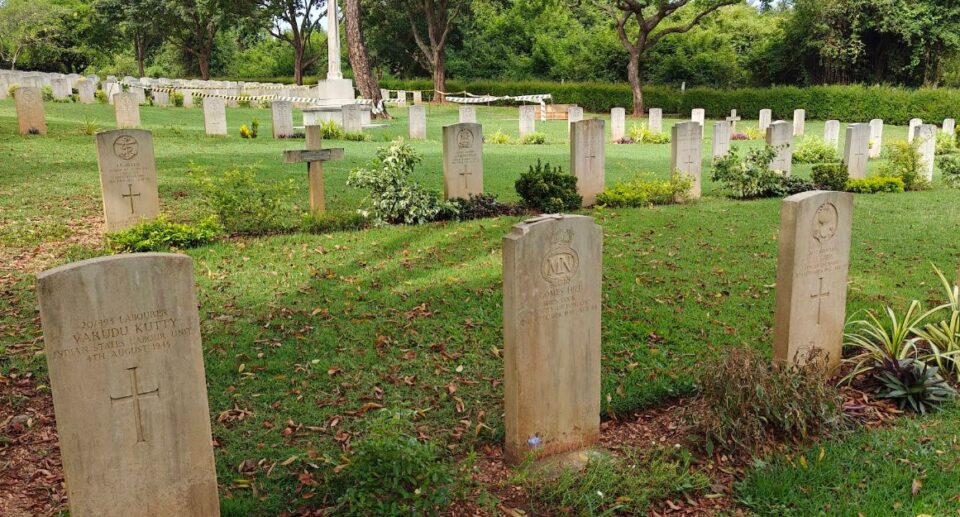
Concealed in the serene foliage of Sri Lanka’s east coast is the Trincomalee War Cemetery, a moving yet immaculately maintained memorial to men and women who perished as combatants in World War II. Located near the coastal town of Trincomalee, the cemetery is one of six Commonwealth war cemeteries in Sri Lanka and is maintained by the Commonwealth War Graves Commission (CWGC). It provides not just a venue for remembrance, but also a glimpse into Sri Lanka’s lesser-recognized contribution to world conflict.
This neat white grave-lined compound and immaculately maintained gardens are a silent testament to war’s price, and it remains today as a symbol of peace, unity, and living memory of those who lost their lives in service of their nations.
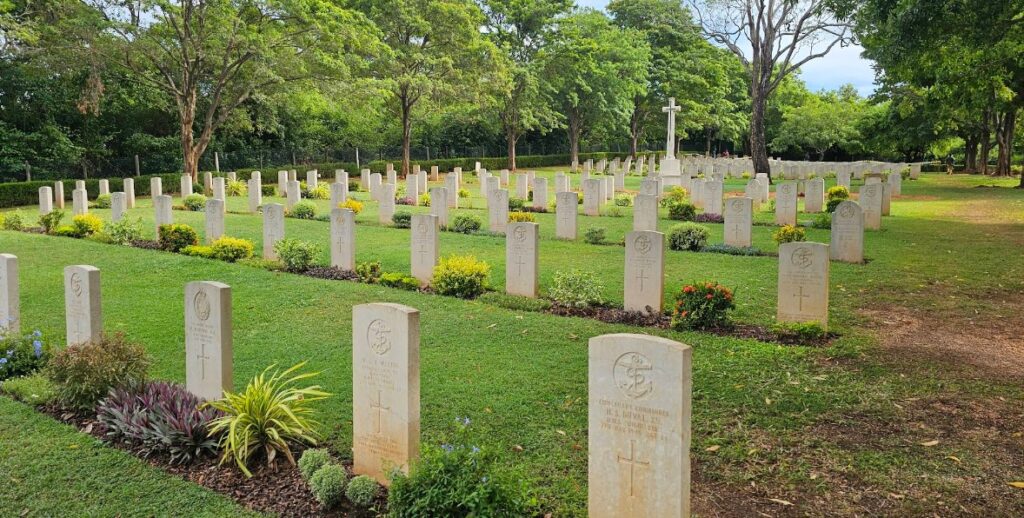
Location and Setting
Trincomalee War Cemetery is located some 6 kilometers north of town center Trincomalee on Nilaveli Road. It lies just by the seashore and is bordered with palm trees and tropical plant life. The serene and peaceful location gives an atmosphere of dignity and reflection away from city or battlefield noise.
The grounds are meticulously maintained by the Commonwealth War Graves Commission, with its lush grass trimmed immaculately, its rows of headstones neatly situated, and flowering plants that give the cemetery a sense of peace and reverent silence. There is no admission fee, and it is open to the public each and every day, welcoming visitors from around the world.
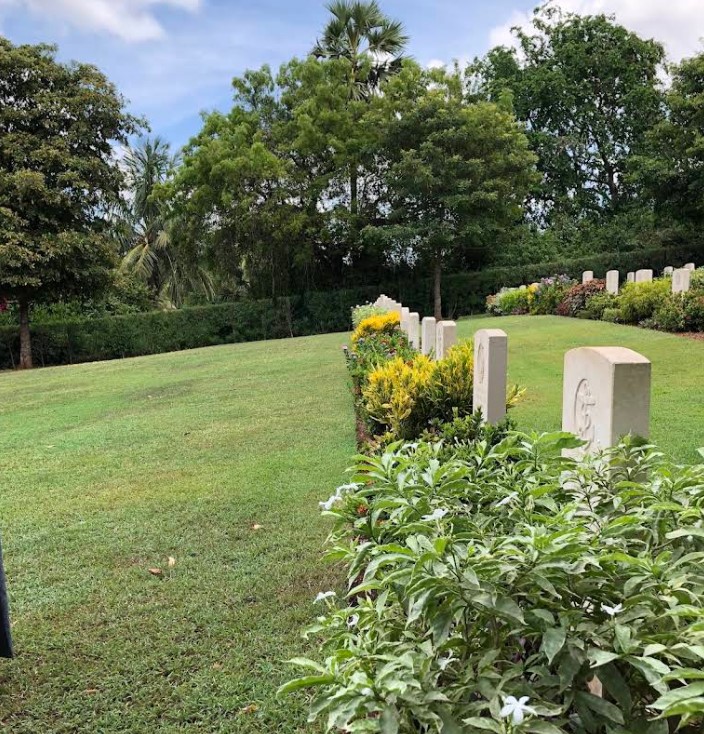
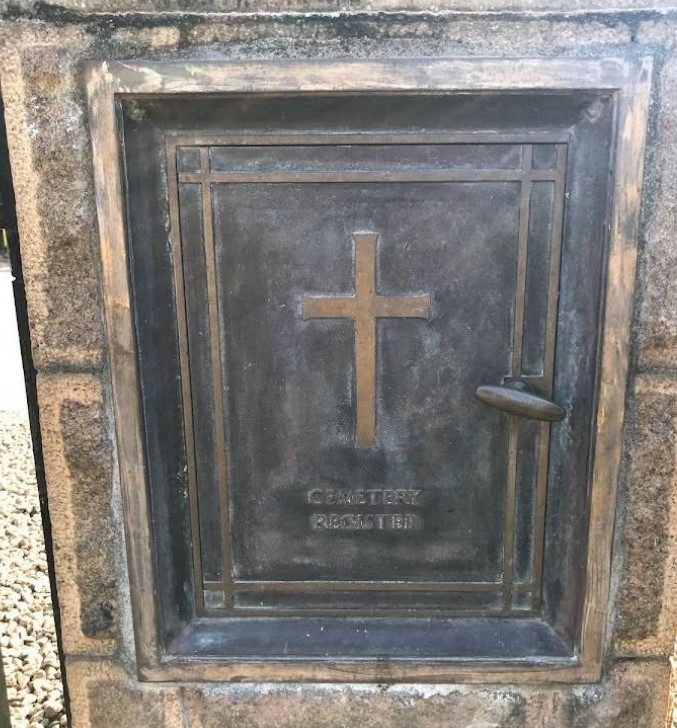
Historical Background
The Trincomalee War Cemetery was established during World War II to serve as a resting ground for Allied servicemen who died in and around Sri Lanka. Sri Lanka (at that time Ceylon) was strategically located in the Indian Ocean for the war, as it was for the British Royal Navy. Trincomalee, having a large natural deep-water harbour, became a significant naval base for the British Eastern Fleet after Singapore was captured in 1942.
It was at this time that a number of air and naval personnel were stationed at Trincomalee. The region was subject to many Japanese air raids, and both combat and non-combat casualties were frequent. The war cemetery was created in order to honor those servicemen killed in service while stationed in or around Sri Lanka.
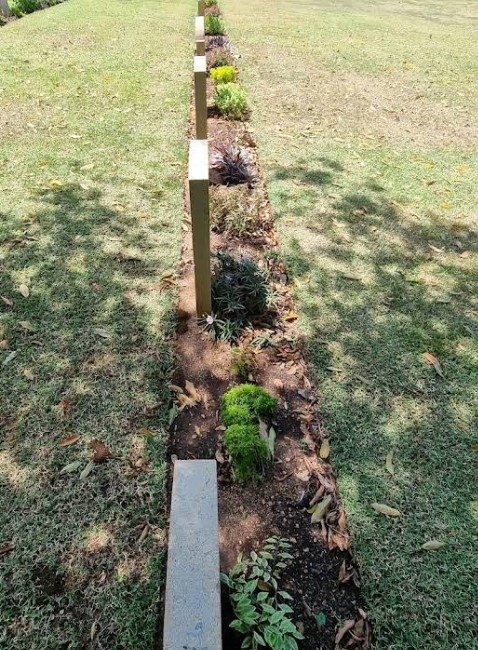
Who Is Buried Here?
Trincomalee War Cemetery holds 362 war graves, of which are soldiers, sailors, and airmen who were in the British Commonwealth forces of World War II. The majority of the graves are: British personnel Indian labour corps personnel and soldiers Sri Lankan volunteers in the British Empire Australian, Canadian, and East African soldiers, Graves of a few unknown soldiers
Each monument bears the individual’s name, rank, regiment or unit, date of death, and age, as necessary. The majority also carry a religious symbol or personal inscription specified by relatives or next of kin.
Though a war memorial from WWII, the cemetery also contains a few non-war graves, including those of men who died in the post-war years from their injuries, illness, and other causes.
Architectural and Landscape Design
The cemetery layout, according to the regulations prescribed by the Commonwealth War Graves Commission, is uniformity, simplicity, and dignity. The headstones are made of white stone, all of a similar shape and size, to signify equality in death regardless of rank, nationality, or race.
The headstones are aligned in parallel symmetrical lines, separated by green lawns and flowering shrubs. In the center is the Cross of Sacrifice, a tall stone cross on which is inserted a bronze sword on the face. The monument is a CWGC cemetery signpost and symbolizes the military nature of the cemetery and religious significance of sacrifice.
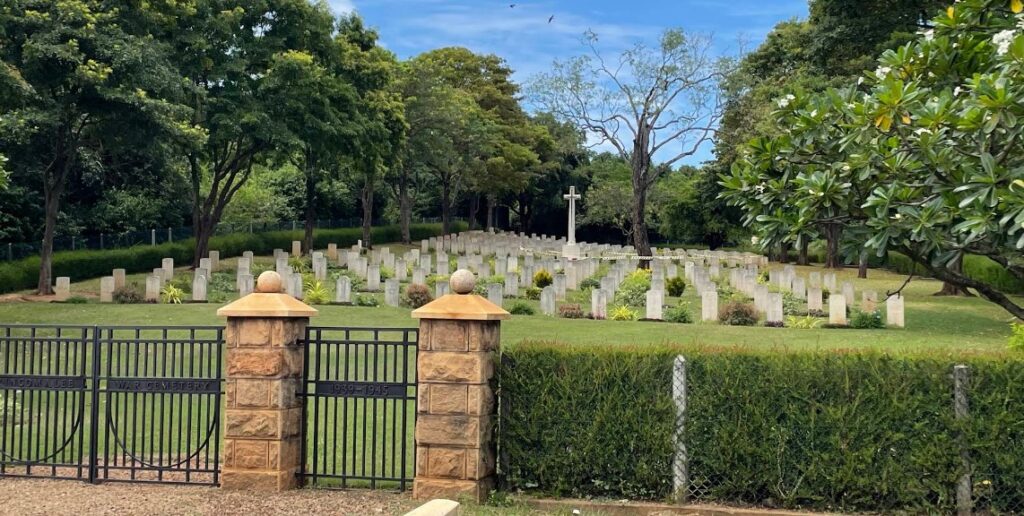
The design accentuates serenity and gravitas in order to position the focus on contemplation, remembrance, and dignity.
Role of Sri Lanka during World War II
Though Sri Lanka was not a critical theater of operations, its Indian Ocean strategic location made it a very valuable Allied military asset. The island had naval and air bases that contributed considerably to the control of the Indian Ocean sea lanes as well as staging operations into Southeast Asia and the Middle East.
Trincomalee Harbour was at the center of this activity, used by the Royal Air Force and the Royal Navy for support logistics, ship repairs, and defense operations. The Japanese also knew the threat it posed and bombed Colombo and Trincomalee in April 1942, reducing naval facilities and killing servicemen and civilians.
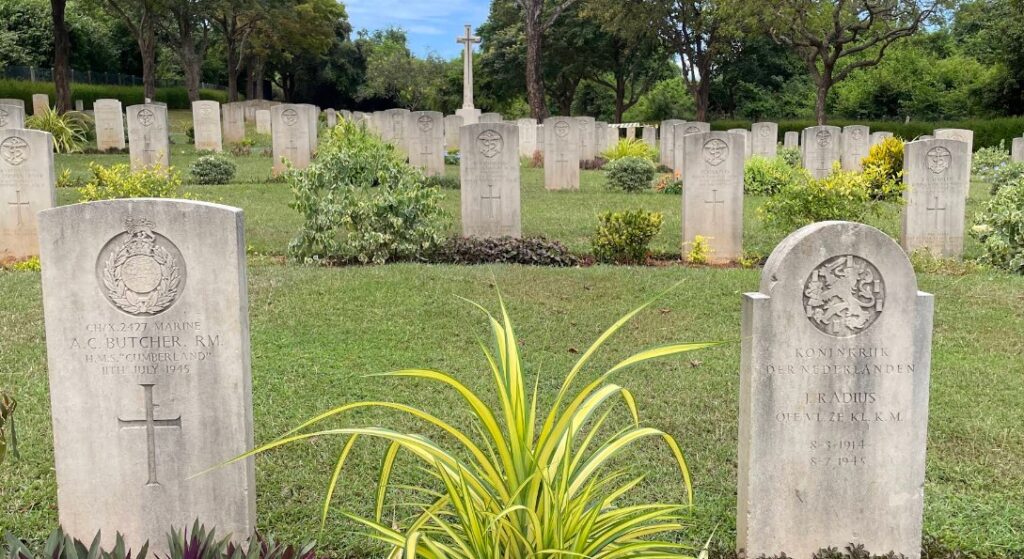
The Trincomalee War Cemetery therefore forms not only local but global history, a witness to the existence and contribution of nations far beyond Sri Lanka’s borders.
Significance Now
The Trincomalee War Cemetery is more than a war cemetery. It’s an international memorial site and a monument to peace and reconciliation. Those who go there are relatives of the dead buried there, history buffs, school students, and tourists who are fascinated to know more about Sri Lanka’s wartime past.
In remembering the heterogeneity of the deceased—troops of several races, religions, and countries—the cemetery directs visitors towards the shared price of war and the value of international solidarity. In a region previously rent asunder by conflict, it also offers a vision of respect and harmony.
The cemetery is also a resource for educators and scholars. It testifies to: The military history of South Asia The diversity of colonial armies The effect of World War II in the Indian Ocean region.
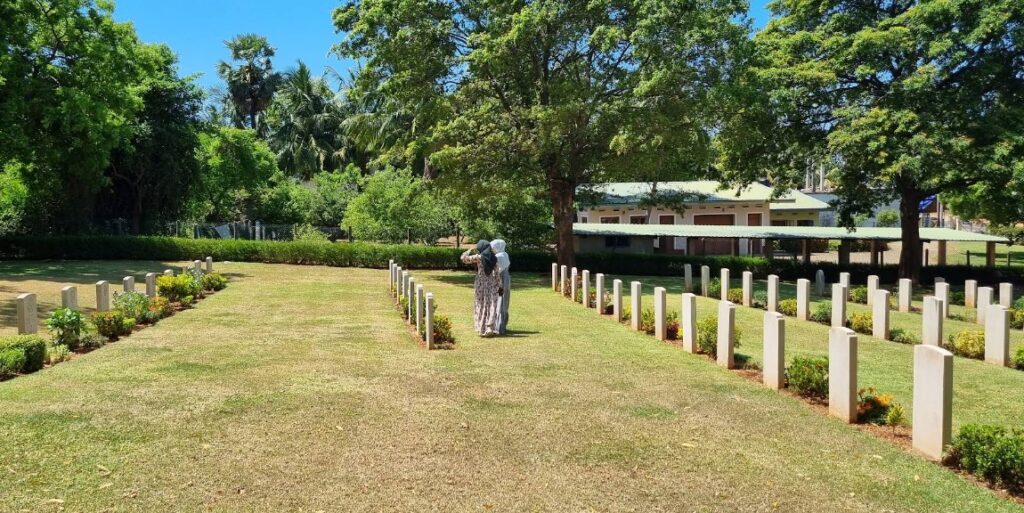
Visitor Details
Where: Nilaveli Road, 6 km from town of Trincomalee
Open: Daily, sunrise to sunset
Entrance: Free
Managed by: Commonwealth War Graves Commission (CWGC)
Best time to visit: Early morning or late afternoon (weather and light)
Etiquette: Guests are politely asked to remain silent and be respectful, not tread on graves, and not conduct loud conversations or take pictures that may disrupt the atmosphere of the place.
The Trincomalee War Cemetery is a place of remembrance, reflection, and respect. It is located away from the busy hustle and bustle of Sri Lanka’s east coast, a poignant reminder of the price of human lives lost during war and the need for peace. It is not just a cemetery but a living history park linking Sri Lanka to the global story of World War II.
By its lines of quiet tombstones and well-manicured gardens, the cemetery speaks—it speaks of sacrifice, of diversity united, and of the ongoing need to recall. For anyone visiting Sri Lanka, a trip to Trincomalee War Cemetery is a sobering and moving experience bridging the present with a past that shaped the modern world.
